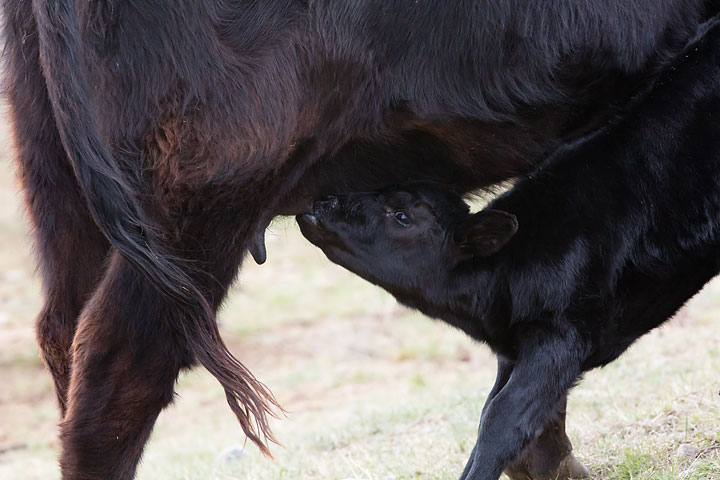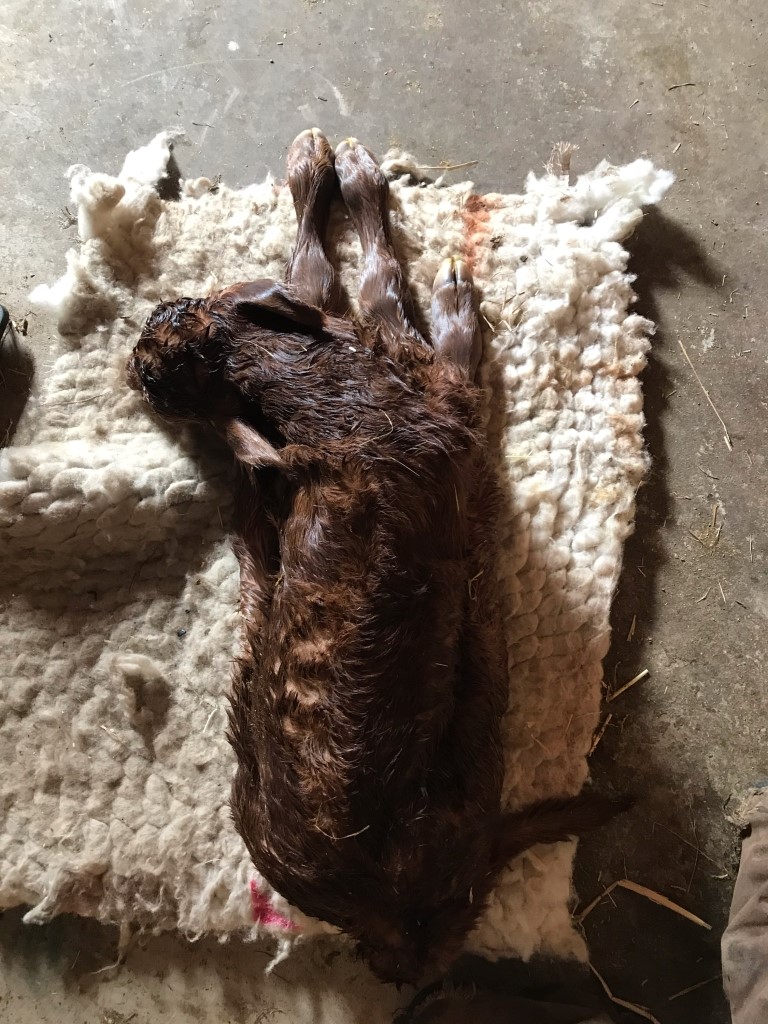How to Increase your Odds of Having Healthy Calves

Calving is a natural process, but sometimes disease, weather, and many other factors can cause stress. How can beef producers best prepare newborn calves to get a healthy start? What are some effective ways to enable calves to be resilient against bugs like bacteria, viruses or other pathogens they will encounter? How can farmers and ranchers manage disease if and when it strikes?
“Having healthy calves takes planning,” said Dr. Claire Windeyer, Assistant Professor in Cattle Health at the University of Calgary’s Faculty of Veterinary Medicine Program. Windeyer shared a number of useful ideas during two previous webinars, Management During Calving Season for Healthier, More Productive Calves and Managing Young Calves to Prevent Disease. Many practices can be implemented on-farm immediately and there are links below to particular segments of the video.
Prevent problems before they start by managing herds appropriately:
- Calve cows on fresh ground where they haven’t already wintered.
- Calve heifers separately (skip to 24:25 – calving management webinar recording). Heifers have a greater risk of calving difficulties, mismothering, and colostrum issues than cows, so segregating first-time mothers will expose their calves to fewer pathogens and facilitate better supervision.
- Provide shelter, bedding and windbreaks, and move feeding areas often when possible.
Have a game plan for when things go wrong and intervention is required during calving difficulties.
- After pulling a calf, avoid hanging a calf upside down (skip to 27:45).
- Resuscitate calves by briskly poking a straw in their nose, rubbing them vigorously or even dribbling a bit of cold water in their ear.
- Place calves in the recovery position (skip to 29:38). Situate calves so they are upright with front legs in front of them and lungs can expand easily (see photo).
Myth-busting: hanging a calf upside down is not a recommended practice. This causes the animals’ guts to put pressure on the lungs, making it much harder for them to breathe. Any fluid that appears to drain out is actually coming from their stomach.

Adequate colostrum consumption (skip to 32:18) is essential for the health and survival of calves.
- Monitor the calf to ensure it suckled within 4-6 hours of birth (skip to 42:02) . Calves should get at least 1 litre of good quality colostrum within this time.
- Assess a calf’s suckle reflex (skip to in 35:09 – disease management webinar) by sticking your finger in the calf’s mouth. Calves born via difficult deliveries or with poor suckle reflex are more likely to fail to consume colostrum. Talk to your vet about appropriate colostrum supplementation.
- When supplementing, bottle-feeding is preferred over tube feeding. If tube feeding is necessary, ensure the tube used for supplementation isn’t the same tube used to administer liquids to sick calves.
When dealing with sick calves, identify symptoms and disease triggers. There are several major calfhood diseases to monitor for:
- Scours (skip to 12:07), or neonatal calf diarrhea, causes dehydration and often affects numerous calves in the herd. Click here for tips on assessing dehydration in calves and treatment.
- “Septicemia is an underappreciated cause of disease and death in calves,” Windeyer remarked. The disease has a quick onset and affected calves may be depressed, dull, have a fever, loss of appetite, or other symptoms.
- Calves fighting may have difficulty breathing, demonstrate coughing, nasal or eye discharge, have decreased appetite or rough hair coat. Pneumonia can strike very young calves and is also common in calves 90-150 days of age (i.e. “summer pneumonia”).
- For producers who have had respiratory issues, consider intranasal vaccines for young calves.
- Talk to your vet about the potential for pain medication when treating calf diseases.
Following these helpful strategies can help prevent problems before they start and manage calves to optimize their health. This can reduce stress on animals and operators and maximize economic returns.
Related resources:
- Intranasal vaccinations (BCRC Blog post)
- Using Nasal Vaccines Effectively (BCRC Webinar)
- Sandhills Calving System (BCRC Blog post)
Click here to subscribe to the BCRC Blog and receive email notifications when new content is posted.
The sharing or reprinting of BCRC Blog articles is welcome and encouraged. Please provide acknowledgement to the Beef Cattle Research Council, list the website address, www.BeefResearch.ca, and let us know you chose to share the article by emailing us at info@beefresearch.ca.
We welcome your questions, comments and suggestions. Contact us directly or generate public discussion by posting your thoughts below.